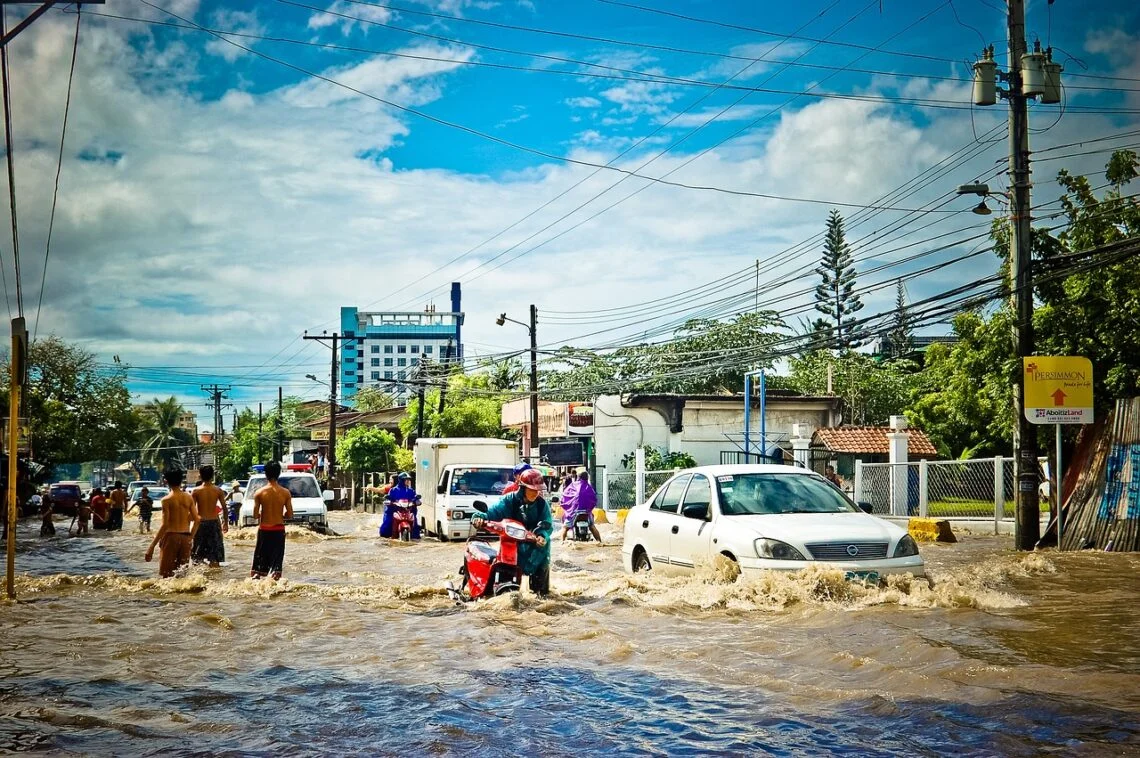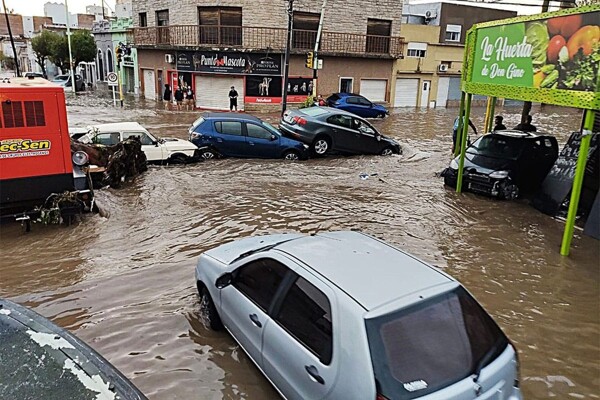
The catastrophic floods that struck Argentina in March 2025 were heavily influenced by human-caused climate change, according to an analysis by ClimaMeter. These extreme events triggered climatic conditions that led to devastating floods, revealing alarming new figures regarding the amount of rainfall recorded compared to previous decades.
The report highlights that these extreme precipitation events, similar to those that caused the floods, now generate up to 7% more rain, with an additional 4 mm per day since the second half of the 20th century. These changes in climate patterns, including alterations in precipitation and wind, are largely attributed to the impact of human-induced climate change.
The city of Bahía Blanca became the epicenter of the tragedy on March 7, 2025, when an unprecedented storm dropped more than 400 millimeters of rain in just eight hours, equivalent to its annual average. This intense precipitation caused severe flash floods, resulting in loss of life, damage to infrastructure, collapse of bridges and roads, and numerous missing persons.
Sea surface temperature anomalies, combined with a cold front interacting with humid air from the Amazon basin, contributed to the magnitude of the tragedy in Bahía Blanca. Climate change specialists such as Marisol Osman and Erika Coppola warn of the urgency to reduce emissions to limit global warming and prevent extreme events, like the tragic floods, from becoming even more frequent and devastating in the future.
The detailed analysis by ClimaMeter, based on data from Copernicus, also highlights the anomalies in pressure patterns, wind speed, and temperature in the affected region. The accelerated accumulation of water overwhelmed the drainage systems of Bahía Blanca, plunging the city into a crisis of catastrophic proportions. As the effects of climate change become increasingly evident, the need for adaptation and mitigation measures becomes imperative to safeguard vulnerable communities and build a safer future for all.













